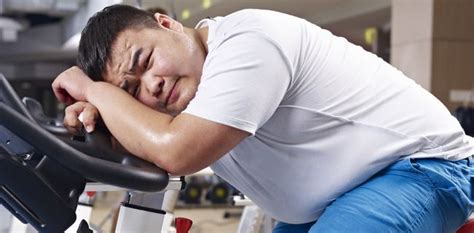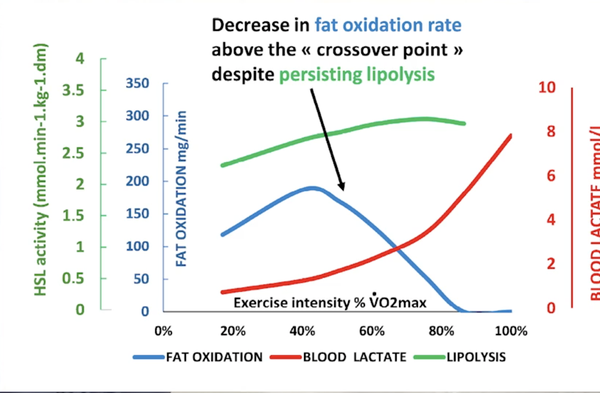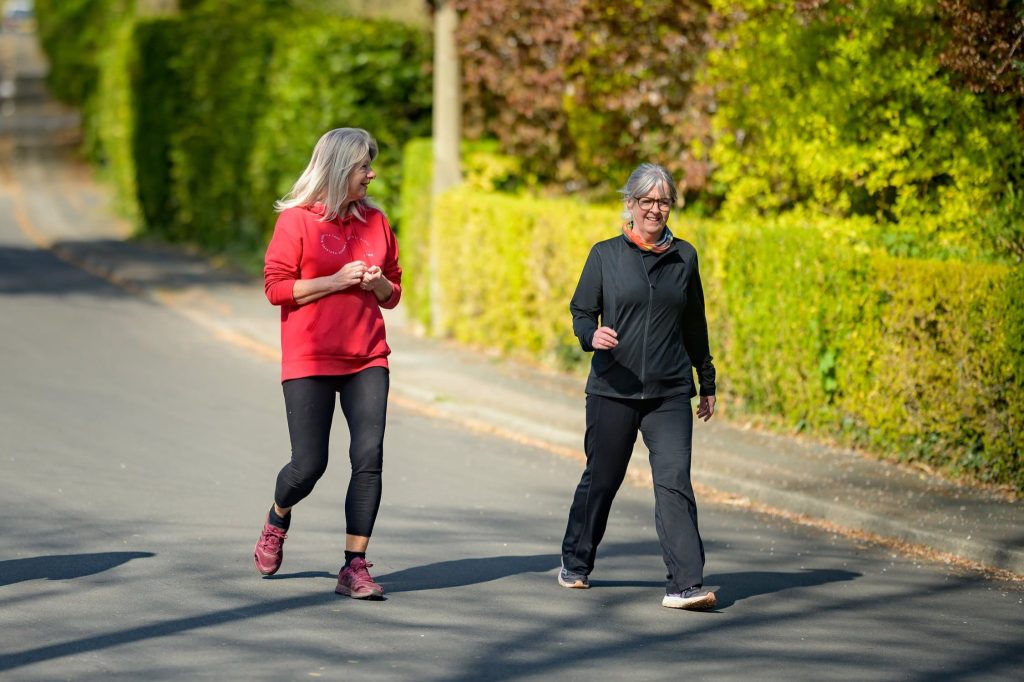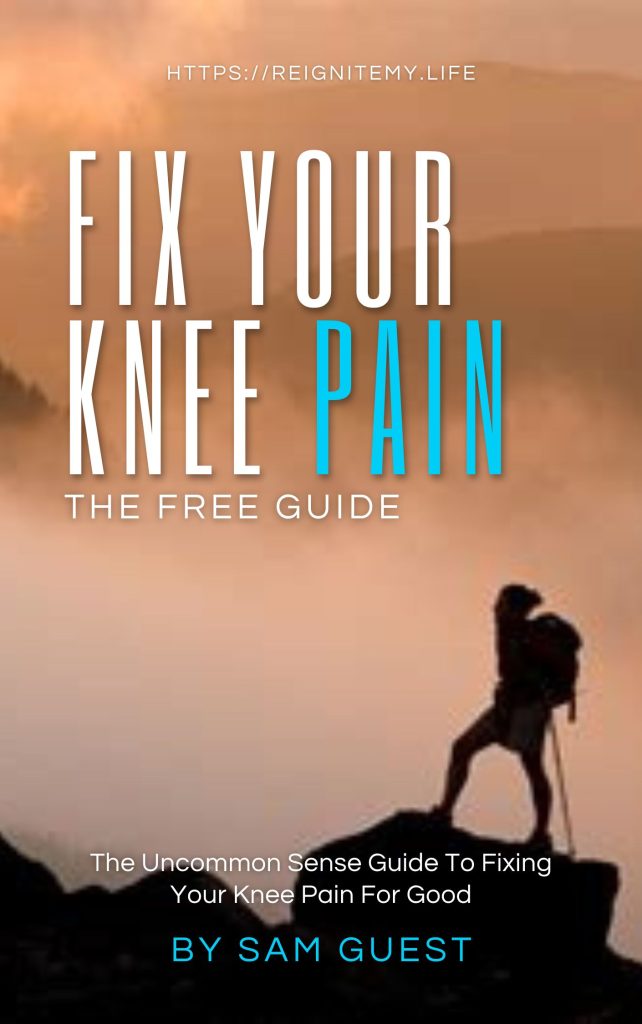We’ve all seen them, or even been them. The people who come to the gym day after day.

They’re carrying a bit of weight but they have this determined look on their face.
They sign up to the hardest classes and smash them, they jump on the treadmill and sweat their asses off for what seems like hours, then they jump in the sauna.
After 2 months of this they get on the scales waiting to be amazed, only to find they have lost…
…nothing, nada, zip, zilch
…in fact they’ve put a few kilos on.
Totally dispirited they drag themselves off the scales and decide they were born with faulty genes and simply give up. And to be fair, who can blame them…that sounds awful.
But what is really going on?
Today I want to talk about the #1 mistake I see most people making when it comes to working out when their specific focus is weight loss.
Working too hard.
And it’s truly tragic as some of the most determined, driven people I know are being sabotaged by their own desire to lose weight.
What we all MUST understand is TOO MUCH exertion results in metabolic byproducts, which sabotage fat loss.
Let me explain.
The graph in the image looks complicated, trust me it’s not.

Let’s break it down.
The blue line is fat oxidation, or in normal speak, fat burning. The amount of fat that you’re actually burning off from the bloodstream by converting it into fuel.
The green line represents fat uncoupling. That’s basically when the fat cells themselves give out fatty acids, drop it into the bloodstream and make those fatty acids available for the body as fuel.
The red line is blood lactate. That’s how much lactate you have in your blood and as we can see lactic acid increases as we exercise harder and harder.
So let’s go back to fat oxidation, the blue line.
Notice how this line peaks at about 40% exercise intensity (exercise intensity is given by the x axis of the graph). Now for most people, that equates to a heart rate of around 100 BPM.

Now, to give you a clue, if I stood up now and started walking around at half decent pace, my heart will probably go about a hundred. So that’s optimal fat burning exertion because after the 40% point fat burning actually decreases.
If you look up at the 80, 85% mark which equates roughly to the person doing the HIIT class or slogging their guts out on the treadmill. They passed the point of optimal fat burning almost the minute they started working out.
So where has this idea that we burn more fat as we exercise at higher intensity come from? Well, it’s because for so long we’ve been looking at the wrong marker. We’ve been looking at the green line, this lipolysis/fat uncoupling line and remember that’s how much fatty acid the fat cells are depositing in the bloodstream. Hang on a minute, that sounds good…?
Well yes, BUT…
If it’s not being burned, as soon as you finish exercising, it just goes back into the fat cells for a net zero effect on your waistline. And this is where the confusion’s arisen. You will burn more fat going for a long, slow walk, than smashing out a HIIT class.
The reason for all this?
Lactic acid (the red line) stops the fat being burned by forcing the body to prefer glucose to burn at higher intensities as its simply a more readily available fuel and at those intensities the body doesn’t have the time to faff around converting fat to energy.
So there’s a really simple interaction, the faster, the harder you work, the more your body is going to prefer glucose as a fuel source. Now this causes more problems as in doing this you can create a HUGE calorie deficit whilst burning almost no fat.Isn’t a calorie deficit a good thing if you’re trying to burn fat?
Well potentially yes but generally actually NO, check out my article on calorie counting for why this isn’t a good idea if you’re trying to lose weight term.
Now, before I get all the cross fitters screaming at me from the rooftops, this doesn’t mean higher intensity cardio does not have a place, there are VERY obvious benefits to doing higher intensity workouts. But it’s important to understand if your goal is simply to lose weight that a HIIT class or spending hours on the treadmill is not burning fat. Sam.
ps. Whenever you’re ready here an easy way I can help you with your weight loss:
Fuel for an Active Life: Lose 6kgs in 4 Weeks Without EVER Going Hungry, Counting Calories, Points or Macros or Spending Hours on a Treadmill with our Fuel for an Active Life Program: Click here >>
Sam.
😎🤙

